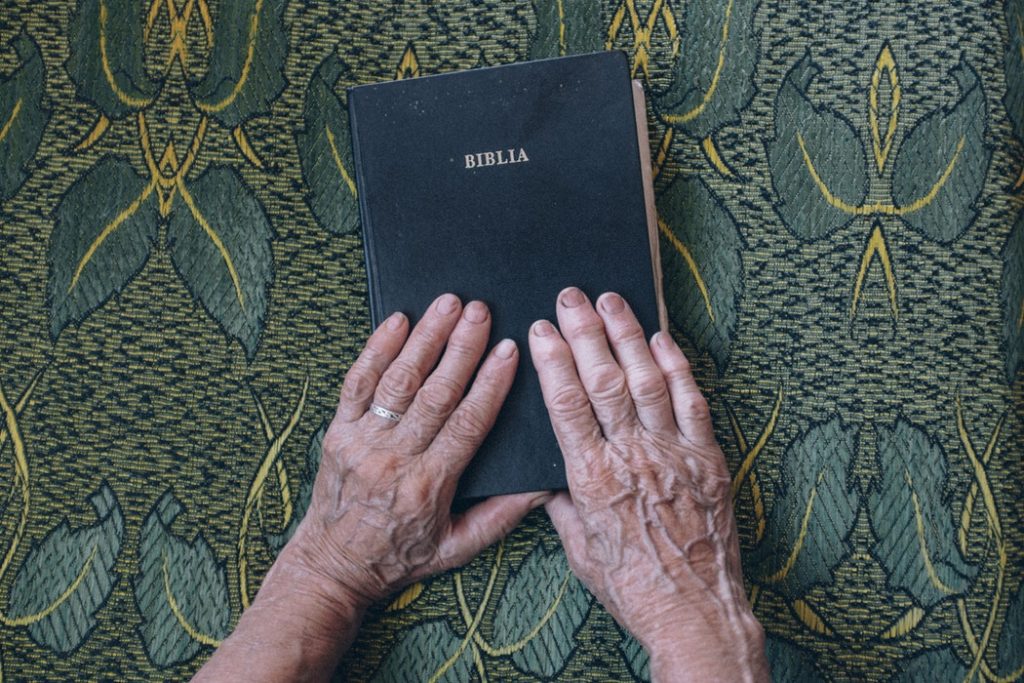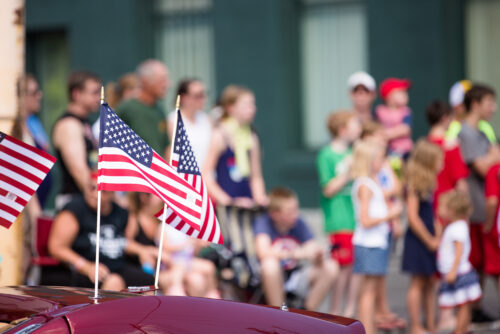At a time when affiliation with a religion and attendance at religious services are both decreasing in the United States, a new report sheds light on how those trends are affecting charitable giving to religious congregations and to other types of charitable institutions.
The Giving USA Special Report on Giving to Religion released yesterday was researched and written by the Lake Institute on Faith & Giving at the Indiana University Lilly Family School of Philanthropy with support from the Giving USA Foundation™.
The report is based on newly released data from the Lilly Family School of Philanthropy’s Philanthropy Panel Study (PPS), which tracks more than 9,000 individuals' and families' giving and dynamic factors that influence those practices (e.g., employment, health and marital status) throughout their lives. PPS is the leading and most accurate resource for measuring U.S. household giving.
“By combining the PPS’s extensive, reliable data and the expertise of our research team, the report gives us the ability to discover how patterns of giving to religion are evolving over time, and how faith and religion influence donors’ giving to non-religious causes as well,” said David King, Ph.D., the Karen Lake Buttrey Director of Lake Institute on Faith & Giving at the school. “This report also raises the importance of the need for research in new areas such as how congregations teach, manage, and create a culture around charitable giving in an era of declining religious affiliation.”
A household’s affiliation with a faith tradition and its frequency of attendance at religious services play important roles in their charitable giving to religious institutions and other types of charitable organizations. The report presents a number of findings about the current state of religious giving, addresses the unique challenges of measuring giving to religious congregations, summarizes previous research and provides conclusions about the state of the field.
Among the report’s findings:
- People who are religiously affiliated are more likely to make a charitable donation of any kind, whether to a religious congregation or to another type of charitable organization. Sixty-two percent of religious households give to charity of any kind, compared with 46 percent of households with no religious affiliation.
- Although the percentage of people who give to religious congregations is declining, those who give to religion are giving at steady rates. Contrary to popular belief, younger generations do give to religion, and those who give are doing so at a similar rate as earlier generations did at the same point in their lives.
- Frequent attendance at religious services is linked to both the likelihood of giving to religion and to making larger gifts to religion. People who attend religious services on a monthly basis are 11 times more likely to give to religious congregations, and they give an average of $1,737 more to religion per year than people who attend less than once a month.
- Donors to religious causes between the ages of 40 and 64 give the largest amounts, giving an average of $2,505 per year. Donors to religious causes who are younger than 40 years old give an average $1,892 and donors who are 65 or older give an average of $2,338.
- Giving to religion increases as donors’ income increases, but donations decrease as a share of donors’ overall income. Households with an annual income greater than $100,000 give an average of $1,600 more to religion per year than households with an income of less than $50,000.
- Religiously affiliated households give as much or more to other types of charities as non-religiously affiliated households do.
“One of the more important findings of the study is the fact that younger generations do give to religion, and do so at a rate that is similar to earlier generations,” said Rick Dunham, a Board member of Giving USA Foundation, and President and CEO of Dunham and Company, a fundraising company specializing in faith-based nonprofits. “It is reasonable to expect that as younger generations mature, they will be similarly engaged in charitable giving as older generations are.”
Religious congregations receive the largest share of American charitable giving. They received 32 percent of all charitable donations in 2016, according to the most recent estimates from Giving USA 2017. Giving to religion totaled $122.94 billion—more than double the $59.77 billion given to education, the next largest subsector.
The steady rate of giving among donors to religious congregations, and other findings in the report, indicate that these institutions are effectively engaging their congregations. These interactions at the congregational level are crucial and need to be better understood through additional research.
Giving to religious congregations is often challenging to calculate, in part because there is no single source of data where scholars can gain information about the subsector overall. Because faith-based institutions are not required to file IRS Forms 990, studies must rely instead on data compiled by denominational associations, a process that can miss independent congregations and congregations of different faith backgrounds. Giving USA: The Annual Report on Philanthropy is the only yearly report that estimates giving to religion on a national scale across faith traditions. The Special Report on Giving to Religion offers a snapshot of the characteristics and practices of individuals and households who give to religion.







8 thoughts on “New report finds religious people are more likely to donate”